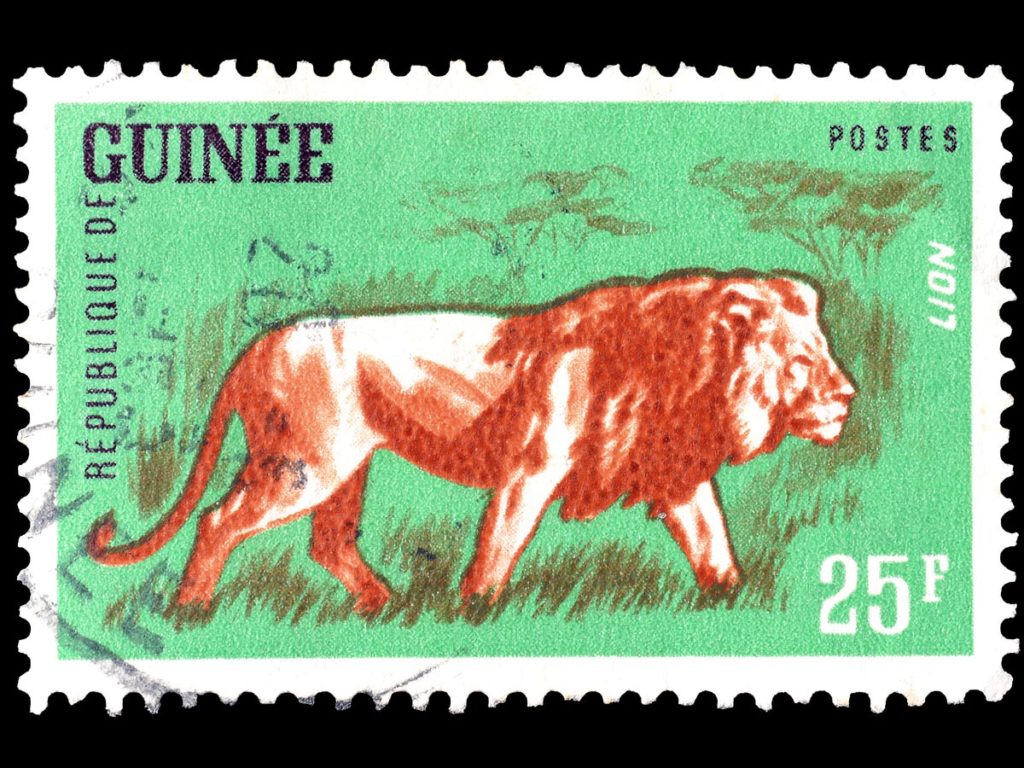Guinea, in far Western Africa, has a stamp history that begins with its time as a French colony in the 19th century. Officially, Guinea was called French Guinea from 1893 — 1895 (Guinée Française in French), though its first stamps dated to 1892 — these first Guinean stamps were French colonial issues overprinted with GUINÉE FRANÇAISE.
Guinea in French West Africa
Guinea then spent several decades as part of the larger colony of French West Africa. Called Afrique Occidentale Française in French, this area issued its own stamps for each of its component colonies (besides Guinea: Mauritania, Senegal, French Sudan (now Mali), Côte d’Ivoire (Ivory Coast), Upper Volta (now Burkina Faso), Dahomey (now Benin) and Niger). (In 1946, French Guinea’s status changed to a French Overseas Territory, and in 1956 to a French Protectorate.)
See also: Upper Volta rare stamps for philatelists and other buyers
Independence
In 1958 Guinea gained its independence from France, and the following year issued French colonial stamps overprinted with the county’s new name in French, République de Guinée (Republic of Guinea). These can be thought of as the first true non-colonial Guinea stamps.
While 1958 was the start of Guinea’s independence, the newly independent nation was part of another union almost immediately: starting in 1958, Guinea joined with Ghana to form the United States of West Africa. The name of this union was changed in 1959 to the Union of Independent African States, and Mali was added in 1960. The union was dissolved in 1962.
Modern Republic of Guinea
For a brief period between 1979 — 1984, the official name of Guinea was the People’s Revolutionary Republic of Guinea.
Tunisia rare stamps for philatelists and other buyers
After this time the country’s name reverted to the Republic of Guinea. Note: Guinea is sometimes referred to as Guinea-Conakry to keep from confusing it with the nearby country of Guinea-Bissau.










